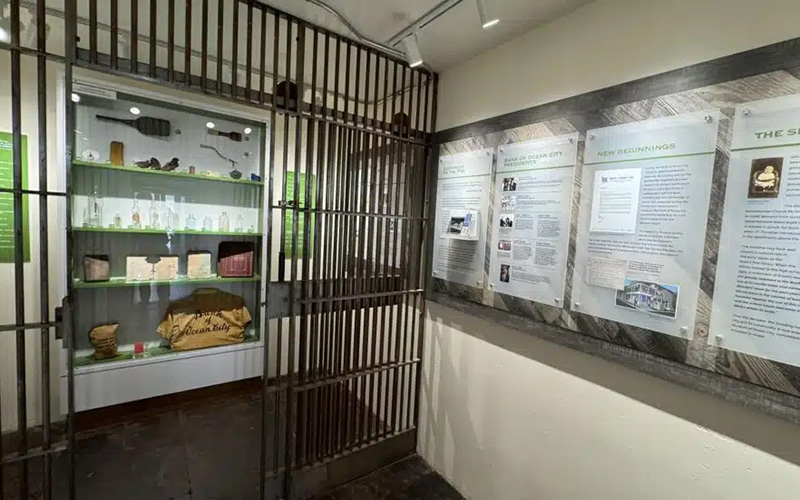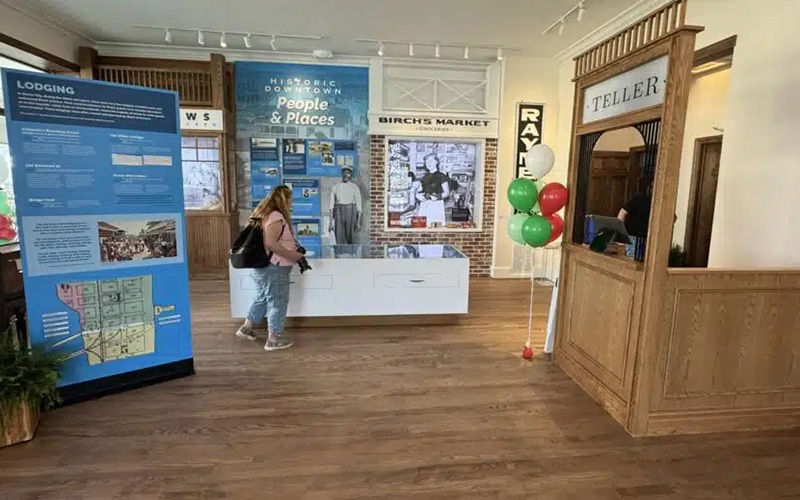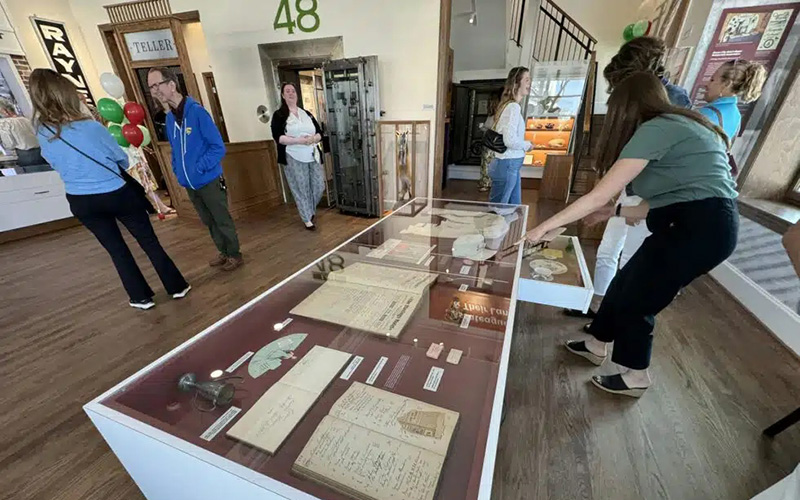When it comes to behind glass vs. hands-on museum exhibits, the focus should be on the bonds between people, objects, and the stories that unite them.
Walk through any museum and you’ll see two very different experiences. Some displays sit safely behind glass, preserved for generations to come. Others invite you to touch, turn, or try, encouraging curiosity and connection. Each has its place, and the magic happens when the people behind the displays find the right mix of protection and participation. Read on as we explore the evolving balance of behind glass vs. hands-on museum exhibits and what it means for modern showcase design.
Glass display cases protect treasures and elevate the viewing experience.
Protective glass display cases are essential for preserving priceless artifacts. They shield objects from UV rays, fingerprints, and environmental damage while presenting them beautifully. Advances in anti-reflective glass allow visitors to see every detail clearly without glare, enhancing the overall visual experience.
But that same glass can also create distance. For visitors who learn through touch or for those who are blind or visually impaired, the barrier limits engagement. Even for sighted guests, too many objects kept behind barriers can make a collection feel unapproachable.
Tactile engagement helps visitors connect on a deeper level.
Touch invites understanding in ways sight alone can’t. Feeling the texture of a sculpture replica, tracing the grain of an ancient tool, or manipulating a scientific model can turn passive observation into active learning. That’s why museum professionals increasingly incorporate tactile elements, replicas, and digital interactives to complement traditional displays.
Hands-on exhibits aren’t limited to science centers anymore. Art, history, and cultural museums are embracing interactive features that encourage exploration and conversation, bridging the gap between seeing and experiencing.


Too much interactivity can overwhelm rather than enlighten.
Adding interactivity doesn’t automatically improve an exhibit. Too many buttons, screens, or sound effects can compete for attention and obscure the core story. The key is focus. Effective hands-on exhibits offer one clear purpose, intuitive design, and just enough freedom to encourage exploration without confusion.
The overuse of glass can have the opposite problem: protecting so thoroughly that the display feels hard to connect with. Striking the right balance means creating exhibits that are both safe and stimulating, inviting participation without compromising preservation.
Thoughtful design bridges the gap between protection and participation.
Modern exhibit design has made it possible to combine conservation with connection. Many museums are adopting innovative techniques such as:
- Layered interaction that lets visitors rotate or explore artifacts digitally while originals remain safely enclosed.
- Touch-friendly replicas and 3D-printed models that offer tactile experiences without endangering fragile objects.
- Multisensory storytelling that incorporates sound, texture, and even scent to deepen engagement for all visitors.
- Protective materials like UV-filtering, anti-reflective glass that provides safety without visual barriers.
These strategies allow museums to welcome exploration while preserving the integrity of their collections, creating experiences that are both engaging and secure.
Balanced exhibits engage visitors and honor collections.
Behind every successful exhibit is a team of museum professionals dedicated to both storytelling and stewardship. Creating that balance takes collaboration among curators, educators, and designers who understand how physical design influences emotional response.
At Adler Display, we specialize in that intersection. Our custom display cases, interpretive signage, and interactive elements are crafted to highlight collections while keeping them protected. From lighting and layout to materials and accessibility, we help museums design spaces that draw people in without putting treasured objects at risk.
Great exhibit design inspires curiosity and brings stories to life.
The ongoing conversation around behind glass vs. hands-on museum exhibits isn’t about choosing one approach over the other. It’s about designing experiences that make learning accessible, engaging, and unforgettable.
If your museum is ready to rethink how visitors experience your exhibits, contact Adler Display. We’ll work with you to transform your vision into an environment that preserves history and invites discovery.
About Adler Display: For over 85 years, Adler Display has been one of the best-kept secrets behind so many businesses looking their best. Designing and producing a wide variety of high-quality recognition displays, trade show displays, signage and exhibits, lobby and corporate interiors, and historical timelines, Adler’s expert team includes consultants, designers, project managers, and fabricators. Working from a 17,000-square-foot facility in Baltimore that includes a precision woodworking shop, Adler Display handles all printing, construction, and finishing on site. Learn how to achieve your imaging goals and make your business look amazing at: www.AdlerDisplay.com.

